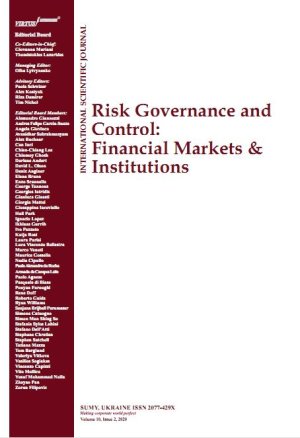
COMPARATIVE STUDIES OF RISK, CONCENTRATION AND EFFICIENCY IN TRANSITION ECONOMIES
Download This ArticleAbstract
This paper compares the risk taking behaviour of banks in two groups of early and late transition countries during two periods: the pre-crisis (2000-2006) and the financially turbulent (2007-2012). Using data for 254 banks for the period 2000-2012 we find that during the stable period (2000-2006) the banks with higher concentration and higher technical efficiency take more risks in the late transition countries, while this is ambiguous for the turbulent period (2007-2012). This supports the ‘competition-stability’ hypothesis during the stable period (2000-2006) for the late transition countries. Although the concentration ratio did not change much in the early transition countries for the periods 2000-2006 and 2007-2012, the banks with higher concentration and higher technical efficiency tend to take less risks during the stable period (2000-2006), but more during the turbulent period (2007-2012).
Keywords: Transition Economies, Bank Concentration, Technical Efficiency, Risk
How to cite this paper: Djalilov, K., Lyeonov, S., Buriak, A. (2015). Comparative studies of risk, concentration and efficiency in transition economies. Risk governance & control: Financial markets & institutions, 5(4-1), 177-186. https://doi.org/10.22495/rgcv5i4c1art7



















